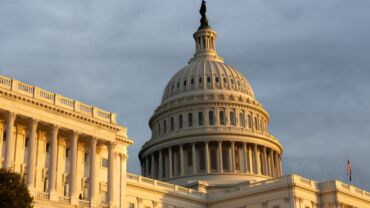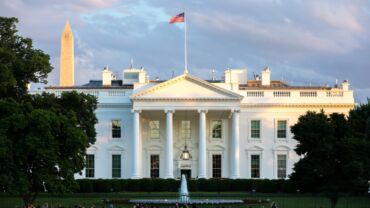Three months after the initial announcement of the Main Street Lending Program, the Federal Reserve is making some changes to the program, with the intention to reach more small-to-midsize businesses.
Financial institutions have much to consider as these changes occur. Federal Reserve Chairman Jerome Powell claims that the program is “far and away the biggest challenge” the Fed has faced during the coronavirus pandemic and ensuing recession because of how the central bank must balance loan terms that are strict enough to ensure most companies pay the money back, but not so strict that businesses are deterred from participating. The changes made to the program not only aim to provide relief to businesses, but also to take some of the burden off lenders.
What lenders should know
Here are five key takeaways in the changes to the Main Street Lending Program that should be top of mind as financial institutions navigate through this crisis.
- Target audience — The changes aim to provide aid to struggling businesses that are too big for new emergency programs like the Paycheck Protection Program (PPP), but too small to access capital markets by issuing bonds or equity.
- Company size — The expanded Main Street Lending Program is now open to companies with less than 15,000 employees or annual revenue of less than $5 billion in 2019. Companies that have received Paycheck Protection Program loans are still eligible to participate, though unlike PPP loans, Main Street loans will not be forgivable. Standard due diligence by bank lenders applies.
- Loan thresholds — The minimum loan amount was lowered to $250,000 from $500,000; and the maximum loan amount was raised to $300 million from $200 million. These changes allow both lenders and borrowers more flexibility.
- Repayment — The loan repayment period has increased from four years to five years. Additionally, borrowers are not obligated to make principal payments for the first two years.
- Loan ownership — The Federal Reserve will take on even more risk by increasing the portion of certain loans it buys from banks from 85% to 95%.
Another important note is that new lender/borrower relationships are permitted, and specifically addressed. In its updated Frequently Asked Questions (FAQs) about the Main Street Lending program, the Fed confirms a lender can make a loan to a new customer (FAQ B.4); however, the lender is still required to conduct its traditional onboarding process, including normal Know Your Customer (KYC) procedures.
The FAQ section also points out that eligible lenders are expected to conduct an assessment of each potential borrower’s financial condition and apply underwriting standards in evaluating the financial condition and creditworthiness of the potential borrower. “Supporting small and mid-sized businesses so they are ready to reopen and rehire workers will help foster a broad-based economic recovery,” Chairman Powell said in a June 8th statement. “I am confident the changes we are making will improve the ability of the Main Street Lending Program to support employment during this difficult period.”
Update on Main Street nonprofit loans
In short, the program provides opportunity to those lenders who can capitalize on fast but effective onboarding and underwriting for new and existing commercial borrowers. Lenders should also be aware of the potential to serve nonprofit borrowers as well.
While broadening the program’s reach, these changes still leave out the nonprofit sector, which has also experienced significant financial hardship. On June 15, the Fed announced consideration to expand relief to nonprofit organizations in addition to businesses. “Nonprofit organizations are critical parts of our economy, employing millions of people, providing essential services to communities, and supporting innovation and the development of a highly skilled workforce,” Chairman Powell said in a press release. “Nonprofits provide vital services across the country and we are working to help them through this difficult time.”
The proposed loan terms for Main Street nonprofit loans are the same as the Main Street business loans, although borrower eligibility will be modified to account for the operational and structural differences between nonprofit and for-profit organizations.
Program kick-off
As the pandemic continues to wreak havoc, economists are hoping that programs such as this are the temporary solution needed to ride out the storm.
As of now, the lender portal is available online, but the program has not yet been opened to borrowers. With intentions to have the program operating in June, it is expected that borrowers will be able to access the program by the end of this month.
You can learn more here about how best to keep up with increased due diligence demands.







